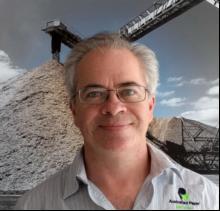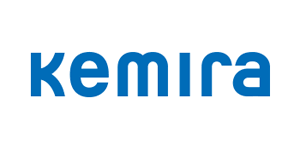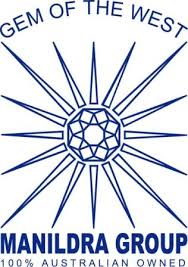ATMOSPHERIC CHEMISTRY OF KRAFT MILL HYDROGEN SULFIDE EMISSION DEGRADATION
Rohan Wilks
Environmental Development Manager, Australian Paper Maryvale Mill
Keywords: Odour degradation, hydrogen sulfide, nitrogen dioxide, community odour, kraft pulp mill.
The Opal Australian Paper Maryvale mill is an integrated pulp and paper mill that produces printing and packaging papers. The site operates two kraft pulp mills and one neutral sulfite semi-chemical pulp mill. The Opal Australian Paper Maryvale mill has a continuous improvement plan to reduce odour emissions, reduce community odour impacts and to better understand the atmospheric chemistry of kraft mill odour emissions. The oxidation of hydrogen sulfide (H2S) in the atmosphere results in reduced odour and is an important chemical mechanism. The oxidation of H2S by oxygen (O2) and nitrogen dioxide (NO2) has been explored in this paper. The important role that waters plays in this reaction has been explored. This work has built on the work of Wang et al. [1] associated with oxidation of sulfur dioxide (SO2) to sulfate by NO2 and nitrous acid (HONO) in a weather haze event. An atmospheric chemistry pathway for oxidation of H2S by O2 and NO2 has been proposed for odour degradation along with methods for evaluating first order odour degradation rates.

Rohan Wilks has worked at Opal Australian Paper since 1995 following a short time at Australian Newsprint Mills. Rohan graduated from Monash University Clayton and immediately joined the Australian Pulp & Paper Institute Master's Program which provided a good grounding for a career in the industry. He has worked in both pulping and papermaking as a process engineer and has a long history presenting at the Appita conference. Rohan has presented papers on a broad range of topics including environmental and chemical engineering. He has worked on major projects including development of low environment footprint bleaching. In his role as Environmental Development Manager he assists with the development of sustainable future pathways engaging with the community and key stakeholders.


































